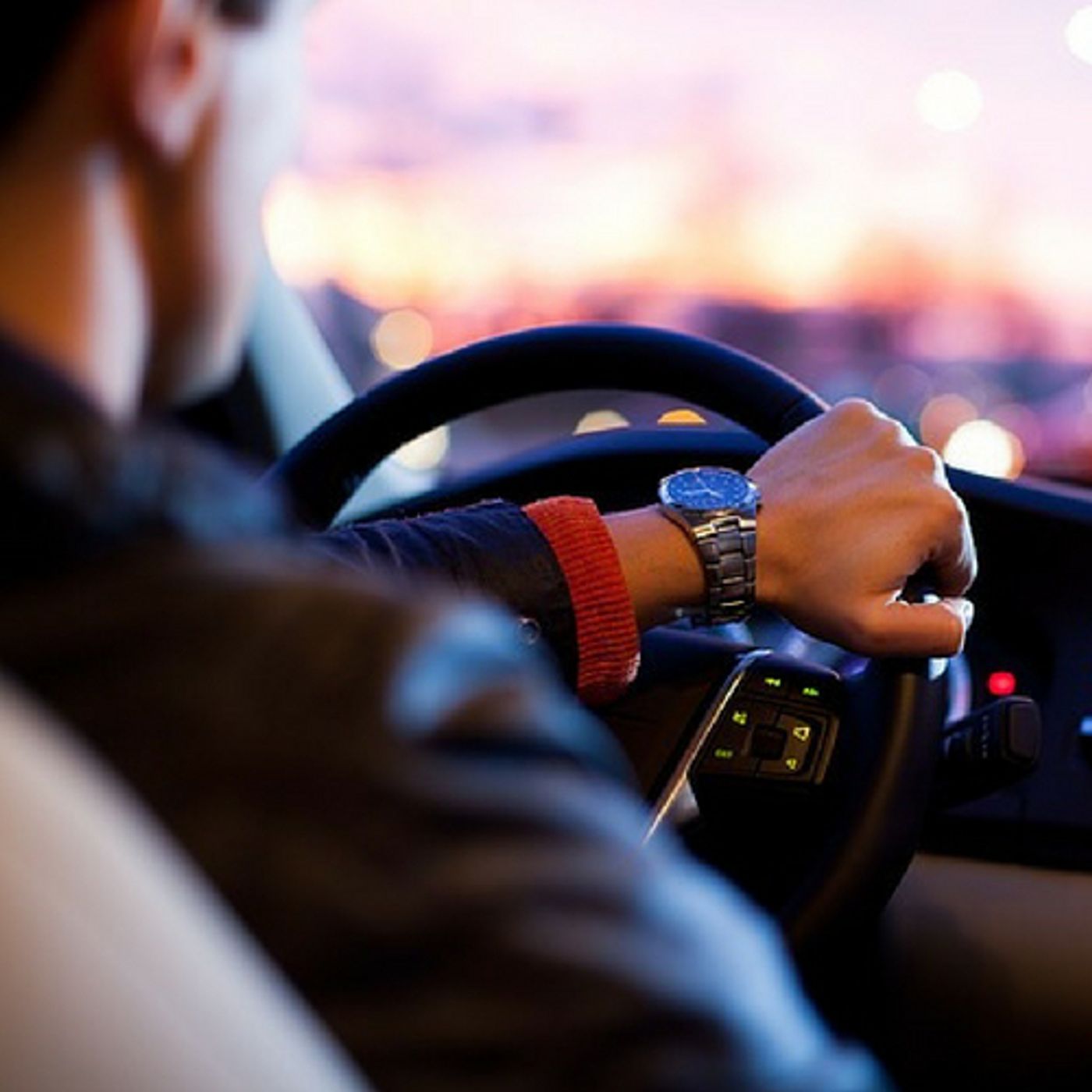Teen Driving Risks
Anyone who has handed over the car keys to a teenage child knows the fear and anxiety that goes with having a new driver. It’s no longer Matchbox cars and orange track, it’s a 3,000-pound piece of machinery and real roads.
The National Institutes of Health recently completed a study on teen drivers and risk and found that the most dangerous period of time for young adults to be on the road is during the three months after they get their license. In most states, teens who have learner’s permits must drive with an adult in the car. Once they have a license, that restriction is lifted. As with many activities, teens are a little different when there are no adults around.
The driving habits that the study looked at were collisions, near misses and risky driving behaviors like rapid accelerations, sudden stops and hard, tire-squealing turns. The numbers showed that drivers under the age of 18 are eight times more likely to be involved in a crash or a near miss during the first three months after being licensed to drive without supervision. Even if they don’t have an accident or near miss, teens who are newly licensed are four times more likely to drive like a daredevil, with increased risky maneuvers. Compared to their driving behaviors with adult oversight on a learner’s permit, the risks young drivers are taking are yet another part of the teen years for parents to worry about. The study appears in the Journal of Adolescent Health.
Many teens celebrate when they get their license and want to hit the road that very day. It’s a rite of passage and kids just want to have to fun, but it can be risky. Bruce Simons-Morton, Ed.D., M.P.H., is a senior investigator at NIH's Eunice Kennedy Shriver National Institute of Child Health and Human Development (NICHD) and one of the authors of the study. "Given the abrupt increase in driving risks when teenagers start to drive independently, our findings suggest that they may benefit from a more gradual decrease in adult supervision during the first few months of driving alone.”
The study is one of the first to be published that followed a group of individuals over a long period of time, from before they began to drive, to getting their permits and finally throughout the first year of being licensed. The study kept tabs on the participants, as well as setting up driving recording software and cameras in the vehicles driven by the subjects. The driving habits of parents were also evaluated, in the same cars driven by the teen, with similar conditions and roadways. There 90 teenagers and 131 parents in Virginia who took part in the study. Part of the study's purpose was to assess the maturity of teens to see if they are mentally and physically ready to take on the complex task of driving safely.
The results showed that while some of the risky habits like sudden braking declined somewhat in the first year, the crash rate did not. Researchers expected to see a decline in speeding and other less than stellar driving habits as teens became more experienced, but that was not shown. Road conditions mattered as well. While it’s understandable that slippery roads, weather and night driving are riskier than day driving in good weather, teens had a higher rate of crashes under favorable road conditions. Finally, gender differences were not significant during the learner’s permit period, but once licensed, males had a higher rate of risky driving behaviors. Over time, the rate of accidents and near misses declined for females but stayed the same for males. See the video below for more information.
Sources: NIH Central Penn Parent









